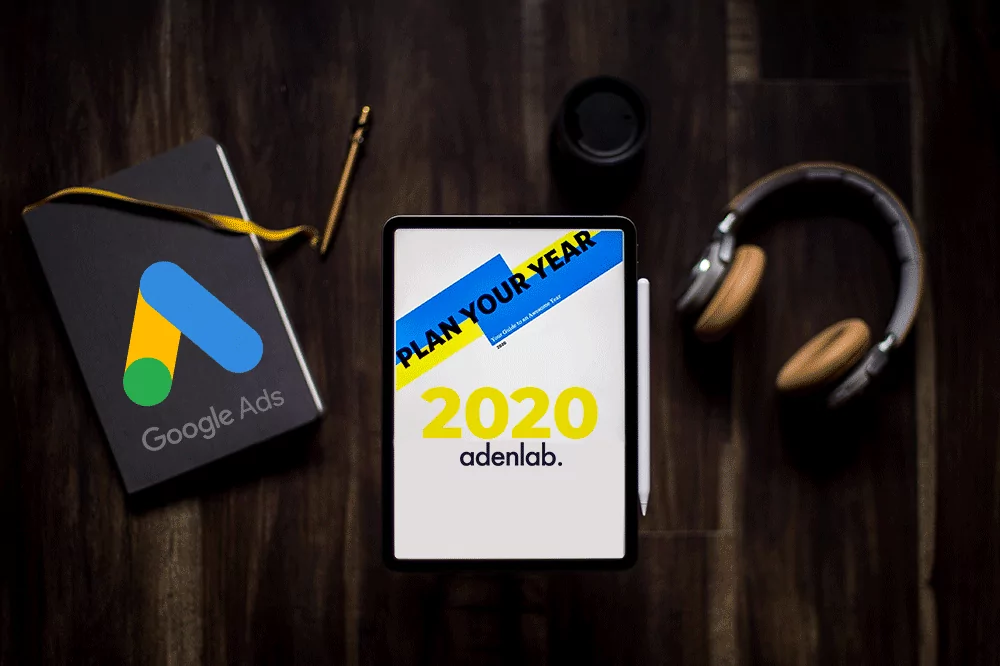To get 2020 off to a flying start, we’ve selected 8 Google Ads evolutions from this year 2019, which are having and will continue to have an impact on the year to come.
In addition to presenting these updates, Natalya Donnat – Adenlab’s Director of Operations, comments on each of them and gives you her opinion and the results obtained with these various novelties.
The article is comprehensive and rich in information that you can use for your own E-commerce or lead acquisition campaigns.
Of course, we’re available to talk to you in person. So don’t hesitate to contact us and ask for more information on how we can help you manage your Google Ads campaigns and reach your goals in 2020!
1. New audiences for Google Ads search campaigns
Two new audience segments for more effective targeting
The first update we’d like to introduce to you is the new audience types offered by Google Ads;
Indeed, for our teams and our customers, audience targeting offers significant opportunities for growth and profitability, as well as numerous advantages; we’ve made it a priority in our SEA campaign management.
It was in October that Google announced the official launch of new affinity audience segments in Points of Interest and seasonal event segments in “In-Market Audiences”.
- Affinity Audiences (user interests and habits)
The Affinity audience segment is a group of consumers who have expressed an interest in a particular subject. To determine whether someone qualifies for this affinity audience, Google takes into account factors such as search history, frequently visited web pages…
In its October announcement, Google used the example of a company selling camping equipment. If this were your company, your goal would be to reach your prospects by retargeting keywords such as “camping tent”. With affinity audience, you’ll be able to target that keyword while simultaneously associating an affinity audience like “Running enthusiasts.”
In the example below, the “Running enthusiasts” audience segment represents
In other words, affinity audiences for text ads enable you to refine your targeting, make your ads more effective, deliver a more compelling message, and increase your click-through and conversion rates.
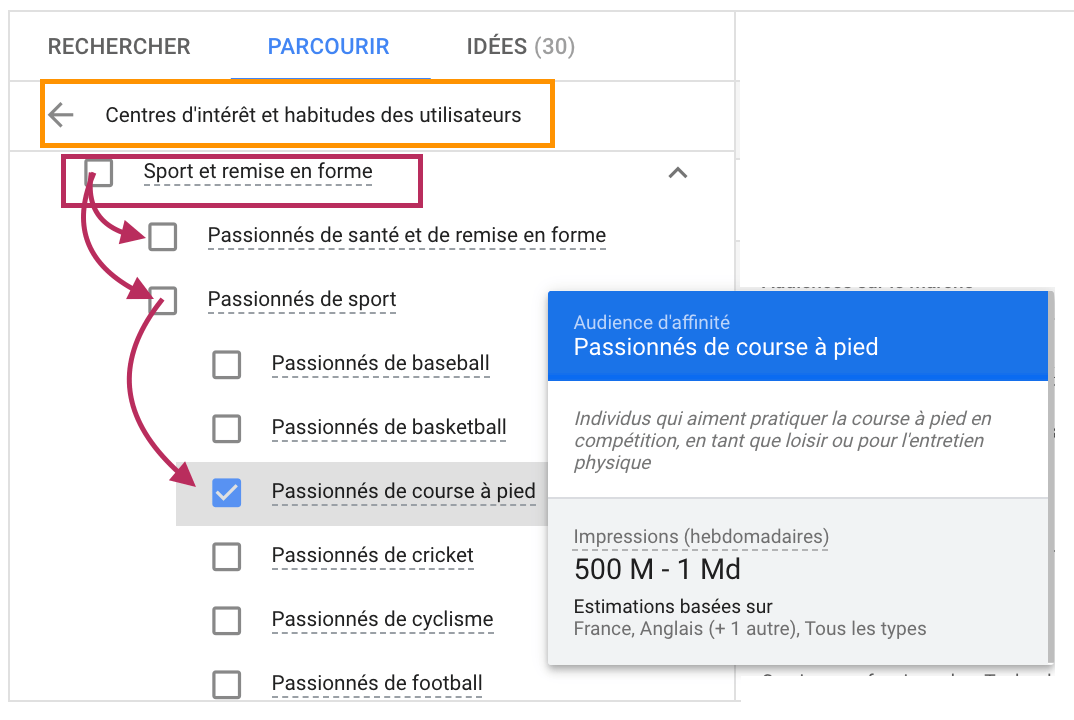
- Seasonal Buying Audiences (in Market Audiences)
In-market audiences” allow you to limit the reach of your ads to users who are actively looking for a product or service like yours.
In fact, the new seasonal shopping audiences (= Christmas shopping, Back-to-school shopping, Black Friday shopping, Mother’s Day shopping), will allow you to target consumers who are actively looking for a product or service for a specific occasion (= Christmas shopping, Back-to-school shopping, Black Friday shopping, Mother’s Day shopping).
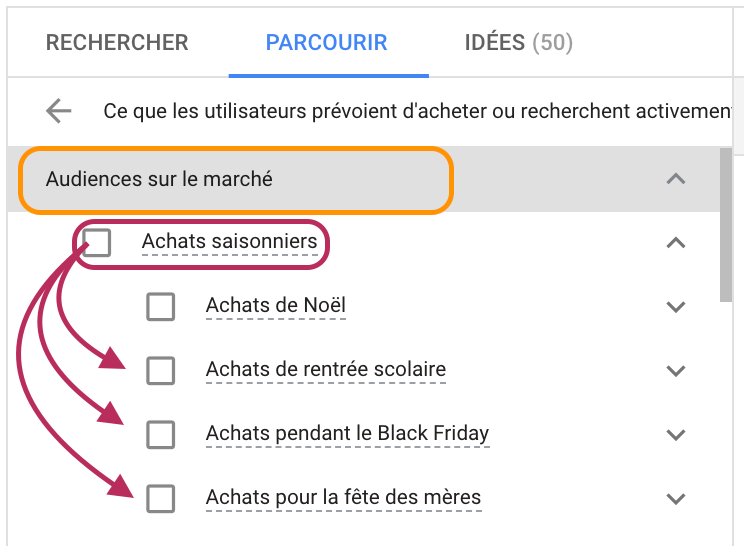
“Indeed, this is good news for our customers, whose objectives are often focused on growth and profitability.
The affinity and in-market audiences have enabled us to target the right person at the right time, and the creation of these new segments to be all the more refined in our adjustments and optimize budgets and expenditure.
Some results obtained: We used the affinity and in-market audiences for an advertiser in the Cosmetics sector. Audiences were applied to the Search network and Youtube. Using the “Black friday” segment, the advertiser recorded a 28% improvement in conversions and a 42% reduction in acquisition costs.”
Natalya Donnat – Adenlab Operations Manager
We’ve written several articles on the subject of audience strategies. You can, however, read or reread “How to guarantee the success of your campaigns thanks to Audience parameters and Remarketing“.
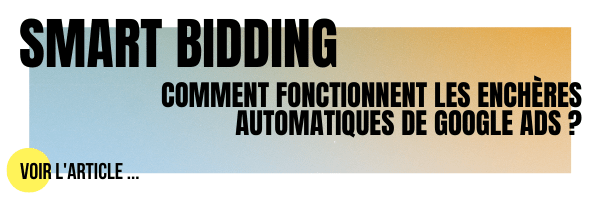
2. Expanding audiences on the display network
A simple new tool for expanding your most promising audiences
With audience enlargement, the objective is clear: reach more buyers with the same budget!
“an audience enlargement tool makes it possible to reach more users in order to generate more conversions for the same average cost per acquisition (CPA).“
Like Facebook’s “lookalike” audiences,Google’s audience expansion tool lets you expand your display campaigns by reaching new prospects who behave in the same way as the users you’re already targeting, i.e. increasing impressions, clicks and conversions without affecting your budget.

“Audience Expansion is ideal for advertisers who make a minimum of 30 conversions per month, who want to increase their conversion volume while keeping the same acquisition cost, and who have no budget restrictions or restrictions on appearing on different sites.
We recommend testing this feature for a minimum of 3 weeks, as the tool is based on historical data and recorded matchings, and we have seen a real increase in conversions with a constant Acquisition Cost after 4 weeks of testing.”
Natalya Donnat – Adenlab Operations Director
3. “average position” of ads: a metric removed
For more accurate metrics and analysis
It was in February that a big change in google reporting was introduced with the removal of “average position” from Google Ads metrics.
This metric has long been tracked and optimized by traffic managers, advertisers and agencies and which has been removed from our metrics on September 30, 2019.
Google has decided to remove the metric in favor of a newer, more accurate metric that was rolled out at the end of 2018:
- Absolute Top impression rate, i.e. in 1st position.
- the “Top” impression rate, which corresponds to the 3 ads at the top of the page.
Since smart bidding solutions are becoming increasingly important, manual bidding strategies are becoming less and less useful.
Google Ads invites advertisers to consult :
- the ” Search Absolute top impression share“, which reflects impressions associated with the Top Absolute location
- Search Top IS“, a similar indicator but for Top positions, not Absolute positions
“The average position indicator was very important for many of our customers, who wanted to monitor their positioning on the search network. However, this indicator did not reflect real visibility coverage. We may be in 1st position, but only 10% of the time. We worked with our customers to learn how to use this new indicator. Our customers’ campaigns have gained in accuracy and performance.”
Natalya Donnat – Adenlab Operations Manager
4. Lead form ad extension
To facilitate the generation of inbound contacts (leads) via your mobile traffic
Since mobile traffic has overtaken desktop traffic, web users are becoming less patient and more demanding about the quality of your pages and website. Speed and simplicity are the keys to converting new customers and prospects on mobile.
In a bid to help advertisers convert more leads on mobile, Google recently launched a brand new ad extension:
thelead form extension
For the moment, the extension is still in Beta in France and active only on Mobiles.
With this extension, you’ll be able to collect all the contact details you need from your prospect without it leaving Google’s search engine (search results). The aim is to eliminate as much friction as possible for your prospect.
What’s more, if a user is logged into their Google account when they see your ad, they can access the form (by clicking on it) already pre-filled with their details.
On the other hand, they don’t need to go to your site: good or bad idea, it’s up to you to test!
Objective: to make your mobile conversion rates take off.
Lead form extensions seem like a great new option, but these ad extensions do have some limitations:
- Lead form extensions will only appear in search campaigns.
- Lead form extensions will only appear on mobile devices and tablets.
- You cannot create lead form extensions at account or ad group level. Each lead form extension can only be applied at campaign level.
- Certain sensitive industries (such as healthcare) will not be able to collect personal information using form extensions. Visit the restrictions page for this extension
- The use of the personal information you collect using form extensions must comply with the privacy policy provided by your company, with Google’s data collection policies and, of course, with the regulations of your users’ country.
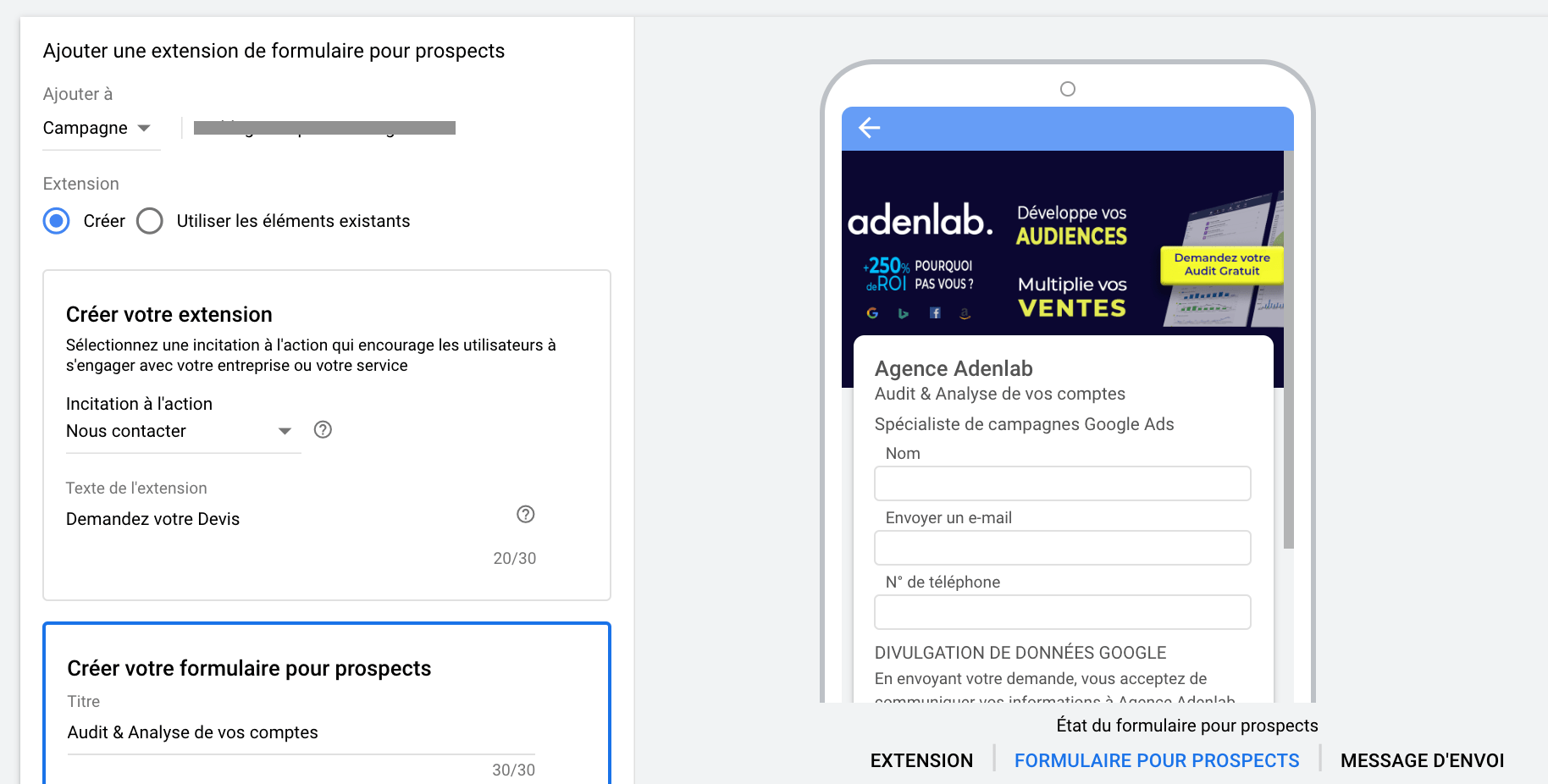
“We have tested this new extension on several B2B customers. The advantage of the extension is that we can choose for ourselves the level of detail via the form that we want to have: Surname, first name, e-mail address, telephone number, address, etc.
Initial observations: Very little data has been recorded since the launch. We’ve sensed a certain reluctance on the part of Internet users to leave contact details via the form. We’re going to continue the test and will let you know our findings very shortly”.
Natalya Donnat – Adenlab Operations Manager
5. Conversions” taken into account at campaign level rather than account level
Refine and optimize your Google Ads campaign objectives
And yes, “Conversions” can now be taken into account at campaign level, not just at account level.
You may think that this is of little interest or that it doesn’t add much to your management, but beware, it’s a major change for your performance and the optimization of your objectives.
Let’s go back to the principle of tracking conversions in your google ads accounts;
And I’m going to take the example of a B2B E-commerce site whose conversion objective is twofold:
- conversion 1: obtaining leads via a form
- conversion 2: sell products directly on your site
These are 2 very important types of conversions for the site, yet totally different to manage in terms of optimization and campaign management.
Before this new feature, and the arrival in force of Google’s smart bidding algorithms, it wasn’t really possible to effectively distinguish between these 2 conversions in the account. And I do mean in the account.
Indeed, for these smart (automatic) bidding strategies, there was no way of determining which specific conversion objective was the most useful for a particular campaign.
In fact, and to return to the example of the B2B site, if you build a campaign whose objective is to generate leads via a form, and your prospect finally converts by buying a product, this action would be counted as a conversion even if this wasn’t the campaign’s objective (since the conversion objective should have been the validation of a form).
From now on, with conversions at campaign level, you can specify to Google that the only conversion objective that counts for this campaign is the validation of a form, and that the other objectives set up in your account have no importance for this campaign.
6. Bumper video creation tool – 6-second video
To improve the effectiveness and impact of your video and Youtube campaigns
The tool was unveiled at the Google Marketing Live conference. It allows anyone with a video under 90 seconds to create a series of ready-to-use 6-second Youtube video ads. Given the cost of editing a video, this is a pretty powerful tool.
The real problem is the production of the 90-second video, which for many advertisers on Google is neither a reality nor an exploited means of communication due to its cost.
However, this lever seems to have proved its effectiveness (at least for Lipton 😉 You can find thecase study carried out by Lipton Ice Tea, Google and Marketing Scan:** 13% more sales thanks to Bumper Ads**.
Given the amount of time spent by Internet users on YouTube, we advise you to position yourself on this platform. Don’t hesitate to reread our article on Youtube: An advertising channel for Ecommerces?
Example of Renaud Scenic’s Video Bumber:
7. Videos in Responsive Display Ads
Make your Display ads even more attractive
A reminder about Google’s responsive display ads: this feature enables you to prepare your images and ads so that they can adapt and be displayed automatically on the multiple formats and inserts available on Google’s network of partner sites.
I.e. image ads in formats such as :
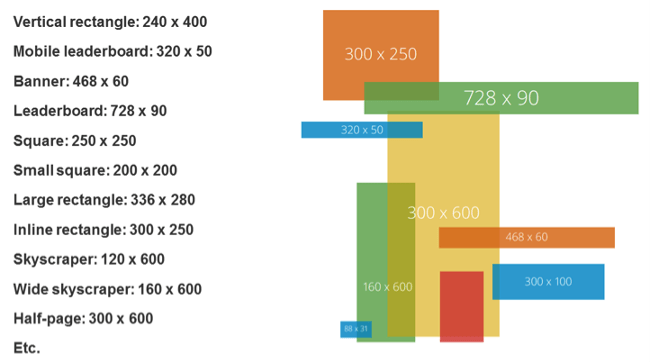
Google’s algorithms combine the images and automatically optimize them according to the content of the web page and the size of the user’s screen.
However, until March, content for these formats could only be images and gifs. Since then, advertisers have also been able to use video content in their responsive display ads.
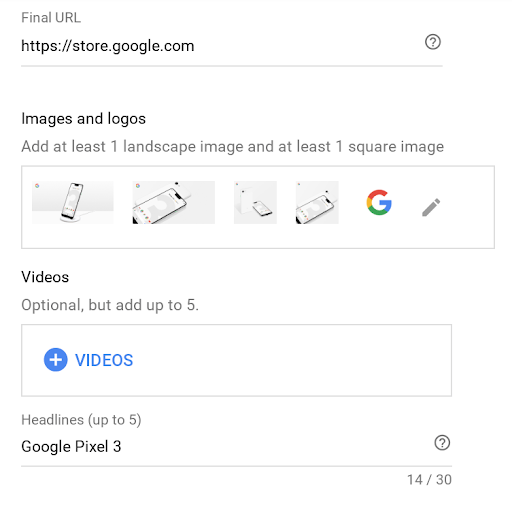
Here are three reasons to use this feature:
- Get more impressions: Google prefers responsive display ads to standard banners.
- More clicks: Responsive display ads – especially those with video content – are more attractive than standard banner ads.
- More accessible and simpler: Unlike standard banners – which require time, resources and expertise to constantly optimize – responsive banners are semi-automated.
Find out more on Google’s official Responsive Display Ads page.
8. Gallery Ads
A visual format to be tested on Google search engine results (SERP)
This is the brand-new mobile advertising format unveiled at Google Marketing Live and currently available in beta version to selected advertisers.
Here is the example given by Google at the time of the official announcement:
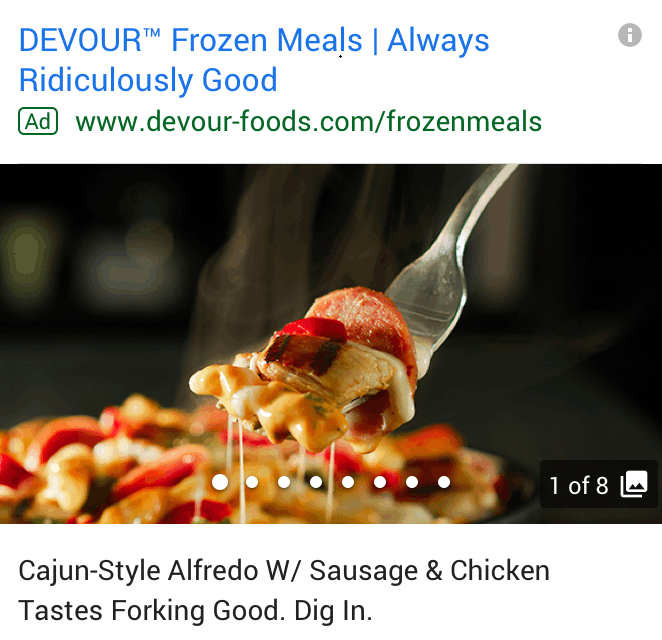
As you can see, an Illustrated Ad appears at the top of the search results (SERP) with a carousel of eight images that can be scanned. There’s a clickable title and a display URL, and below each image is a brief description.
What’s more, you can submit three titles for your ad, giving you the opportunity to test different ad combinations to optimize your click-through rate.
Google’s initial tests have shown that illustrated ads generate 25% more engagement (measured by clicks and swipes) than standard Text ads.
“For our part, at Adenlab, we’ve been able to implement it on several customers. The tests are quite convincing, with an improvement in the click-through rate of +18% and an improvement in the conversion rate of +12% on average. Image quality plays a vital role, and we recommend testing this type of ad with high-quality images.”
Natalya Donnat – Adenlab Operations Manager
Find out more about Gallery Ads from Google .
CONCLUSION
In recent years, Google Ads has undergone many changes and evolutions. Testing and choosing the right options is the key to developing your campaigns and your Google Ads account. At Adenlab – SEA Agency, we know that it’s necessary to work on these new features and share our experience with our customers. Don’t hesitate to contact us if you need :
- Restructure your Google Ads account
- Boost your performance and sales
- Internationalize your campaigns
- …
See you soon!
